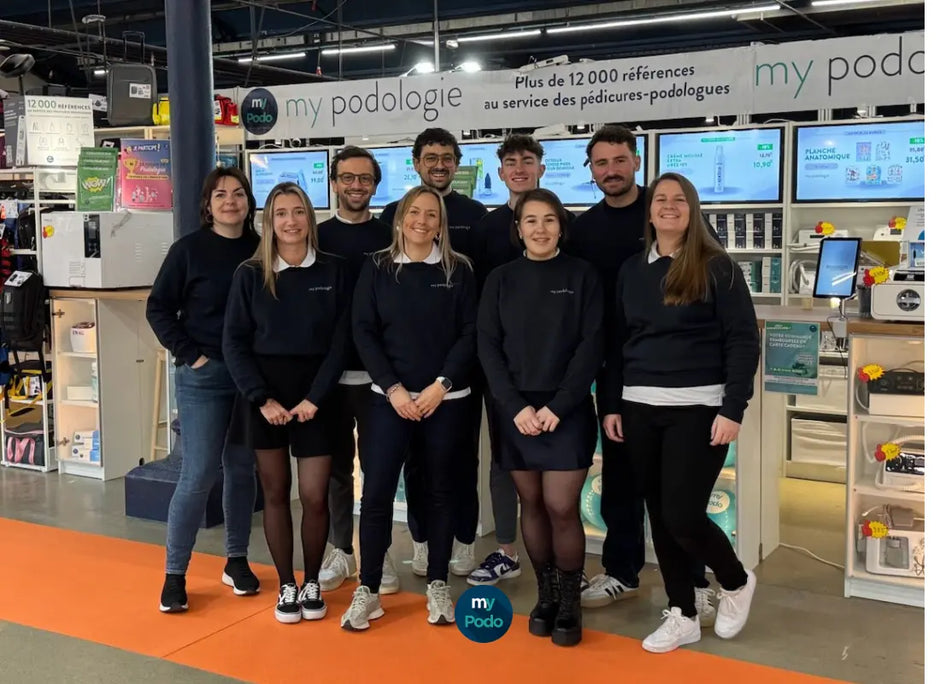Security in podiatry practices is a crucial issue to ensure the protection of professionals and patients. The installation of video surveillance cameras can be an effective solution to prevent assaults, thefts and other incidents. However, this approach must comply with a strict legal framework in France.
Advantages of video surveillance
- Assault and Theft Prevention : Cameras can deter aggressive behavior and acts of theft, providing additional protection for practitioners and patients.
- Staff and patient safety : In the event of an incident, video recordings can be used as evidence to identify the perpetrators and understand the circumstances.
- Asset Protection : Cameras monitor premises and expensive equipment, reducing the risk of damage or theft.
- Peace of mind and confidence : The presence of cameras can reassure staff and patients, reinforcing the feeling of security in the office.
Legal and regulatory framework
The installation of video surveillance cameras in a podiatry practice is subject to strict regulations in order to protect the privacy of individuals:
- Declaration to the CNIL : Before installing cameras, it is mandatory to declare the device to the National Commission for Information Technology and Civil Liberties (CNIL). This declaration must detail the location of the cameras, the duration of image retention, and the measures taken to secure the data. You can access the declaration form on the CNIL website here .
- Information for individuals : Patients and staff must be informed of the presence of the cameras in a clear and visible manner, by means of signs indicating the monitored area and the contact details of the data controller.
- Privacy : Cameras should not film confidential areas, such as treatment rooms or restrooms. They should be limited to public areas of the practice, such as waiting rooms and hallways.
- Duration of retention of images : Recordings cannot be kept for more than one month, except in the event of ongoing legal proceedings.
- Access to images : Only authorized persons may access the recordings, and only in the event of an incident. An access log must be kept up to date.
Implementation
To install a video surveillance system in your podiatry practice, follow these steps:
- Needs assessment : Determine the areas to be monitored and the objectives of video surveillance.
- Choice of equipment : Select cameras adapted to the needs of your practice, favoring equipment that complies with safety and quality standards.
- Legal consultation : Consult a legal expert to ensure that your project complies with current legislation.
- Declaration to the CNIL : Complete the declaration to the CNIL and put up the information panels.
- Installation and configuration : Call a professional to install the cameras and configure the system while respecting confidentiality zones.
- Staff training : Inform and train your team on the use and management of video surveillance systems.
Installing video surveillance cameras in a podiatry practice can significantly improve the safety of professionals and patients. However, this process must be carried out in strict compliance with current laws and regulations to ensure the protection of everyone's privacy. By following the appropriate steps and consulting experts, you can set up an effective and compliant video surveillance system.
For more information, you can visit the CNIL website here and find out about the steps required to install cameras in a healthcare facility. Also access the CNIL declaration form here .







